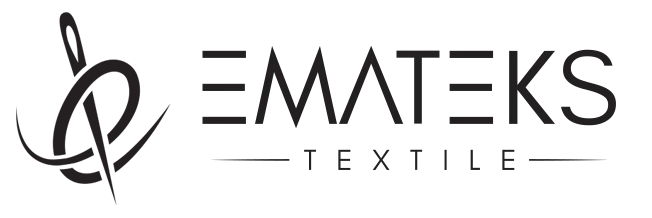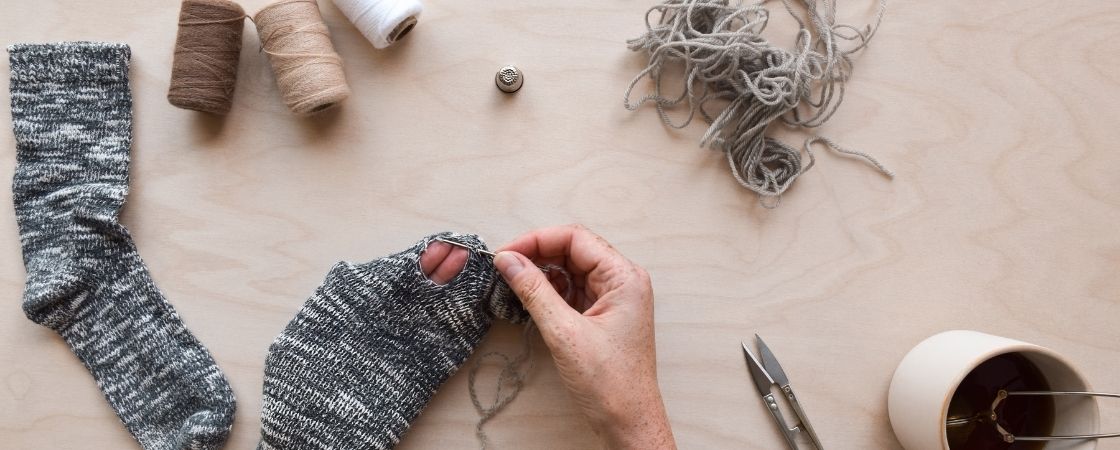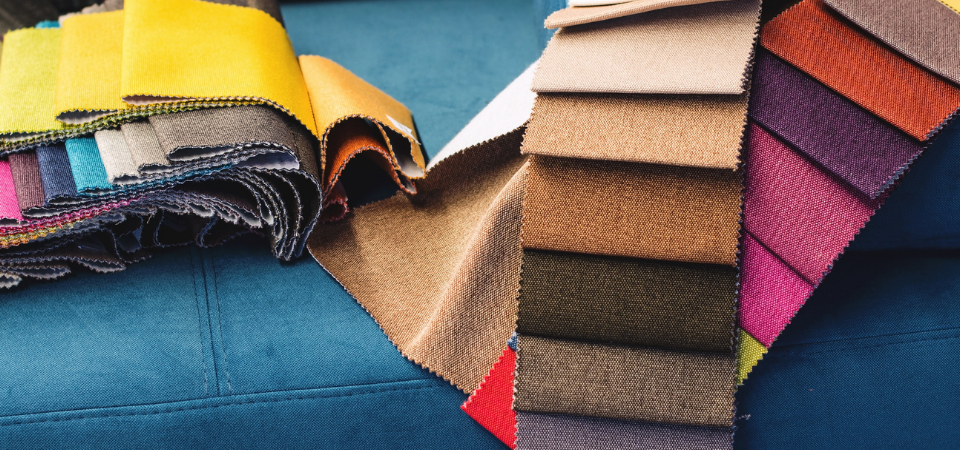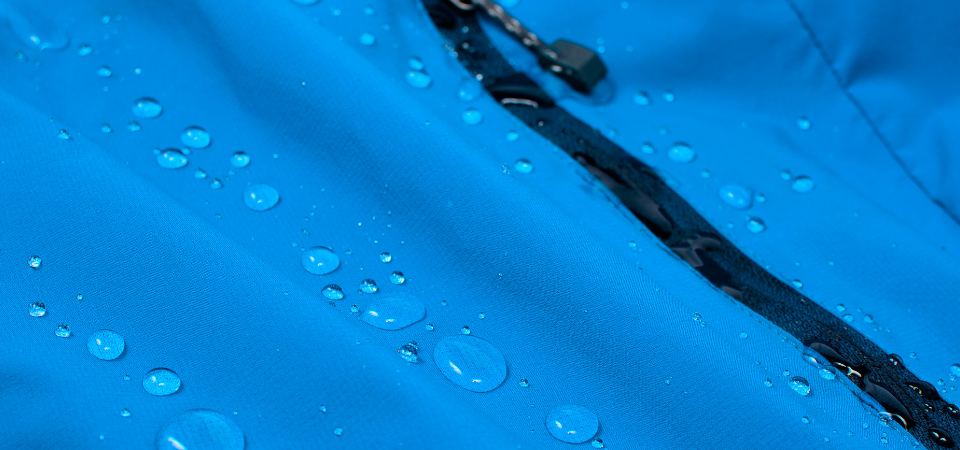
Regenerative Cotton Cultivating Sustainable Textile Practices
October 6, 2023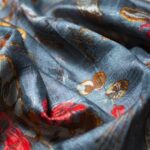
Textile Print Trends Vibrantly Transforming Fashion
October 10, 2023Sustainable approaches in the fashion industry have become more necessary than an option. Every choice we make is important for a sustainable future. The fabrics that make up the essence of most products we use are also obtained from yarns. The prominent sustainable yarns at this stage are an ideal approach to minimize both environmental and social impacts in production. Yarns produced under sustainable conditions do not use chemicals and they require less water and energy. These yarns can return to nature without garbage with their biodegradable structure. In order to support sustainable practices and change our preferences in this direction, it is necessary to learn what these yarns are and their environmental impact.
Table of Contents
ToggleWhat Is the Sustainable Yarn?
Sustainable yarn is obtained from fibers produced and harvested under sustainable conditions, as the name suggests. Conditions that show that a yarn is sustainable are quite simple. There are a number of applications that reach the supply chain, as well as principles such as not using chemicals in production and wasting natural resources. These yarns are generally yarns that can be biodegradable in nature, such as linen and organic cotton, where natural dyes are used in production and environmentally friendly preferences are made in production. Because of this, it is an important part of sustainable fashion. In the production of these yarns, not only environmental impacts but also social impacts such as fair labor are observed and protected.
Benefits Of Using Sustainable Yarns
The environmental benefit of sustainable yarns is beyond undeniable. Unlike other yarns, these threads are produced under organic conditions and the environmental damage of production is minimized. In addition, biodiversity and energy sources are highly preserved. Moreover, it supports the use of environmentally friendly production methods and fair labor. In addition to these benefits, these yarns are advantageous in many ways. Unlike other yarns, these yarns have more breathing properties and are softer in texture. For this reason, it is quite ideal for babies, who have sensitive skin. It is also suitable for many years of use as it is a much more durable alternative.
Sustainable Yarn and Environmental Impacts
For a sustainable future, the fashion industry must also take certain steps. One of these steps, sustainable yarns, has emerged as an alternative that minimizes the damage caused by yarns produced by traditional methods to the environment. These threads can be biodegradable in nature and thus do not become litter. In addition, less water is used through organic methods used in production, and chemicals are avoided. In this way, the damage caused by harmful chemicals to both the people and to the environment is prevented. It is also one of the most ideal methods of reducing the carbon footprint, and that’s why it is very important to become widespread.
Different Types of Sustainable Yarn
There are many sustainable yarn varieties. The features of each one and its effects on the environment are as follows.
1. Bamboo Yarn
Bamboo yarn is one of the very environmentally friendly and easily produced yarns. Its usage area is quite large and can be used in the making of all kinds of clothes. Because of its durable structure, it is especially preferred in clothes that need to be washed frequently. The texture is quite soft and has a breathable structure. It takes place among the prominent and frequently used sustainable yarns as it has hypoallergenic, anti-bacterial, and anti-ultraviolet properties. It is preferred not only in clothes but also in furniture.
2. Tencel
Tencel is a type of yarn obtained from wood pulp. It is produced from the trunk of the eucalyptus tree. It requires less water and energy compared to traditionally produced yarns. Just like other sustainable types, it is biodegradable and can be converted into fertilizer when its lifetime is over. It has a very soft, comfortable, moisture-removing, and not easily wrinkled structure. For this reason, it is both an environmentally friendly and highly advantageous option.
3. Modal
Yarn produced from another wood pulp is modal and obtained using beech wood. It is an option that stands out, especially with the savings it provides from water use. 20 times less water is used in production compared to cotton. In addition, it does not require heavy washing processes, so it allows less water to be used after production. It can easily decompose into organic and inorganic substances; that’s why it is quite environmentally friendly. Modal can be used instead of silk and is quite durable. Also, the modal is possible to use for many years with low maintenance.
4. Linen
Linen is an important part of sustainable fashion and is known to everyone that it is a sustainable fabric. It has a thin and breathable structure, so it is often preferred in hot weather. It is widely used in both home textiles and clothing. The only downside is that it wrinkles quickly and is expensive.
5. Cupro
Another type of yarn that draws attention with its versatile features is cupro. The breathing feature is as good as cotton and soft as silk, and its cover is like velvet. It has a soft and bright structure. It is generally preferred in women’s clothing because it wraps the body.
6. Organic Cotton
Organic cotton is also one of the first to come to mind when it comes to sustainable fashion. Produced under organic conditions without chemicals or GMOs, this cotton yarn is a prominent option for its environmental effects. It is more robust and softer compared to traditional cotton. It also consumes much less water in production and protects biodiversity. For this reason, it is one of the most sustainable yarn varieties.
7. Hemp
This yarn, produced from hemp plants, ranks high among the most sustainable products. Its structure needs very little water in production, and there is no need to use chemicals such as pesticides. It is advantageous in every respect, as it is both durable and highly breathable.
8. Wool
Wool is primarily obtained from animals such as sheep and goats. It is often preferred, especially in outerwear and home textiles such as carpets. Although wool is an environmentally friendly product, it can cause negative environmental impacts when not properly produced. For this reason, it is important to plan the production phase carefully. It is a type of yarn that stands out, especially when it is necessary to protect soil health.
9. Alpaca
Alpaca is also obtained from the fleece of the same name animal living in South America. Similar to other yarns, there is no need to use both too much water and chemicals. Alpaca has the least environmental impact among fur-based yarns because it does not need to go through a hard process to become a thread. It is an ideal choice for people with sensitive skin because it has hypoallergenic features.
Tips for Using Sustainable Yarn
One of the best ways to adopt sustainable fashion understanding is to increase the use of sustainable yarn. In this way, both healthier and durable clothing, less environmental damage, and ethical and fair labor are supported. To use yarns produced under sustainable conditions, you must first learn and evaluate these yarns. Each yarn has its own characteristics and each is not equally environmental. In addition, you need to identify brands that adopt reliable and sustainable fashion. In this way, you make sure that the product you buy is produced under ethical conditions and does not harm the environment. There are many things you can do, such as making tag reading a habit, just shopping for need, and increasing recycled product use. Once you are aware of these products, it will be quite easy to apply these tips.
